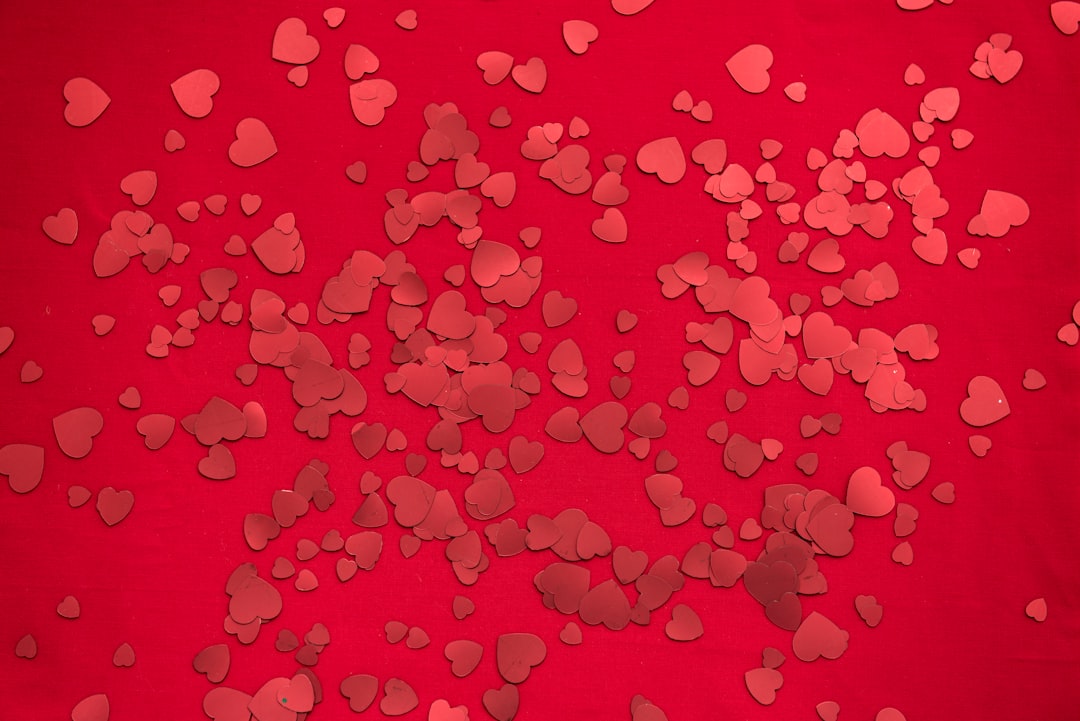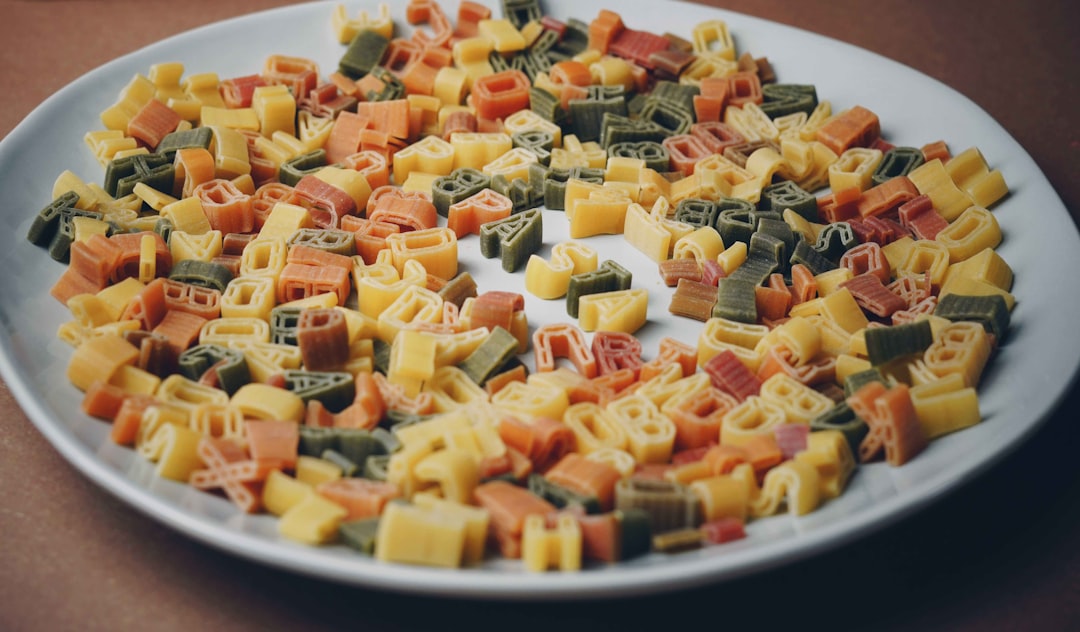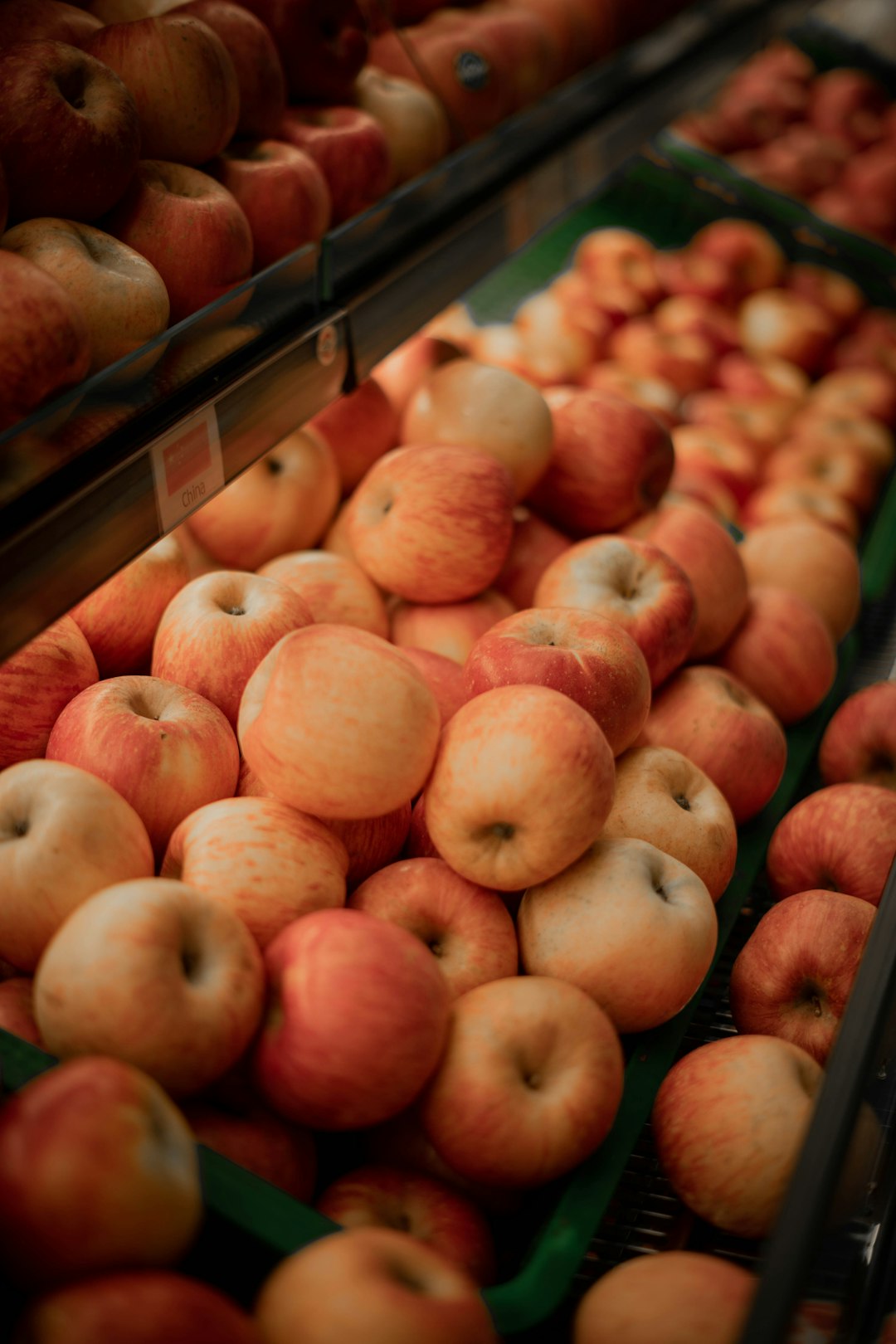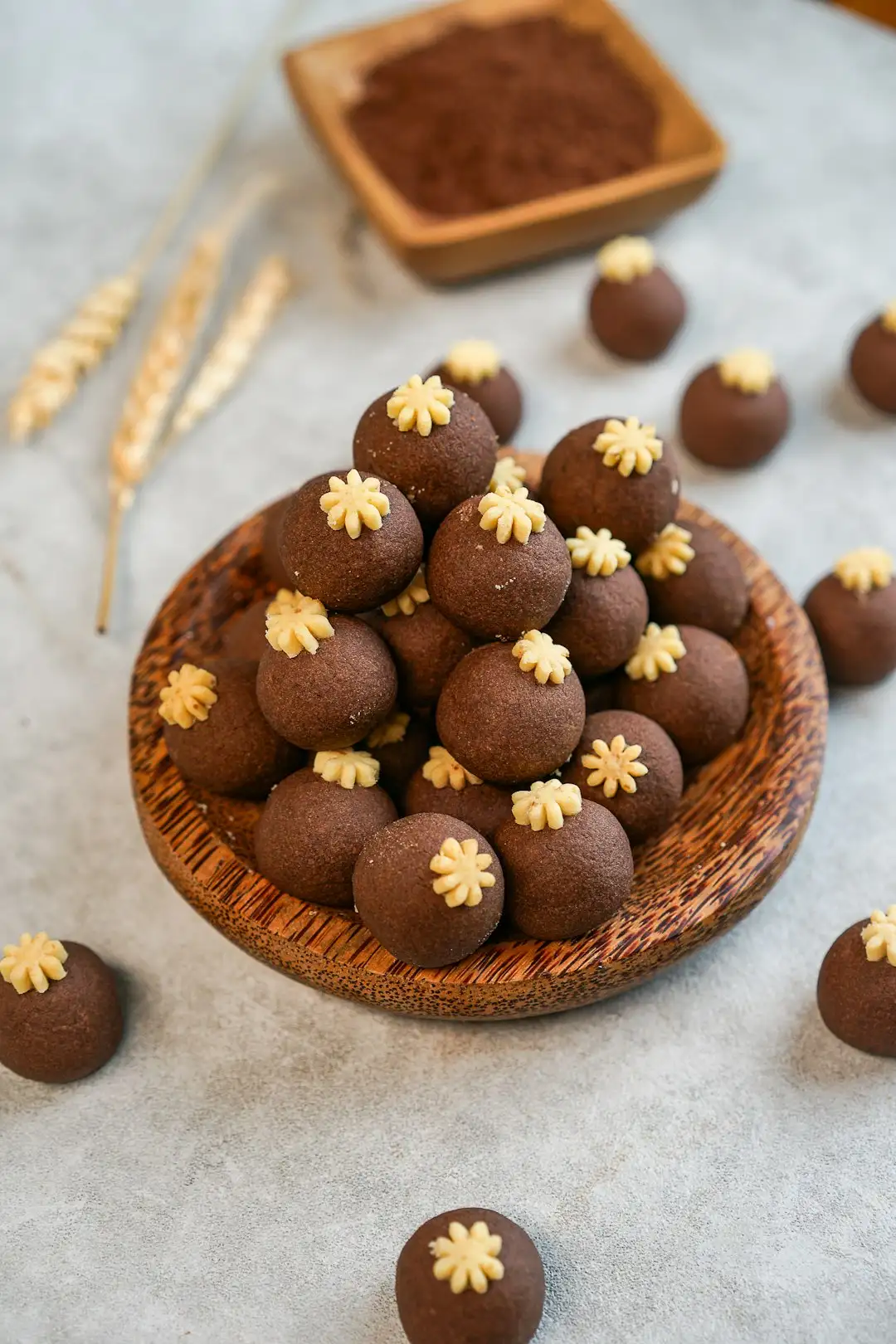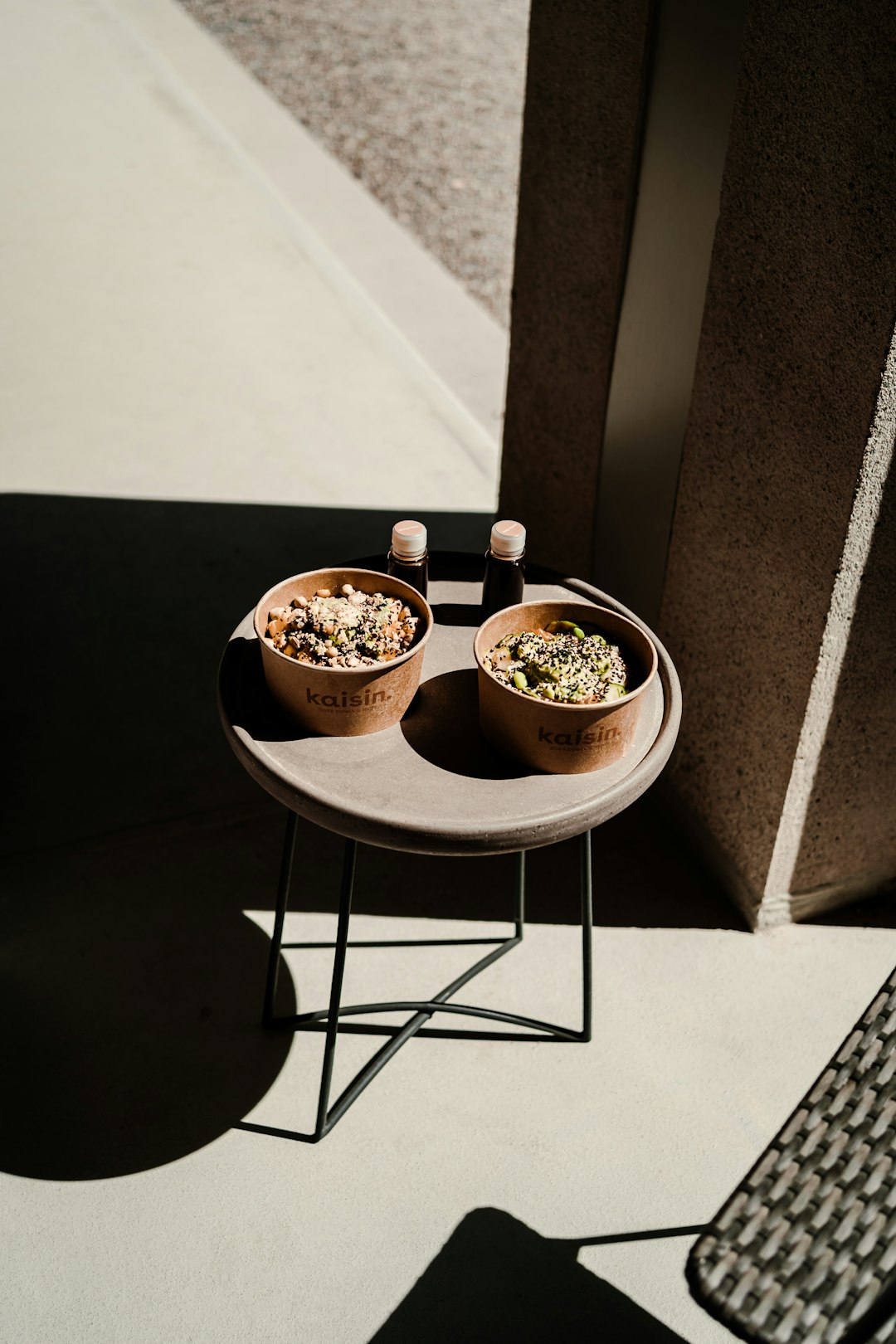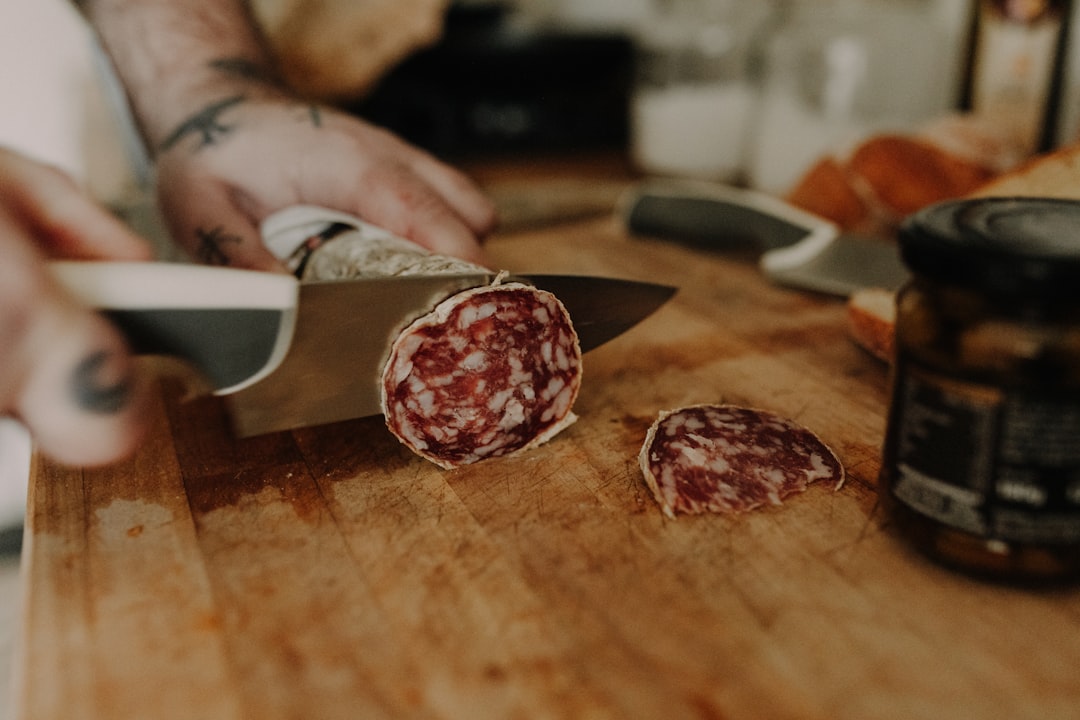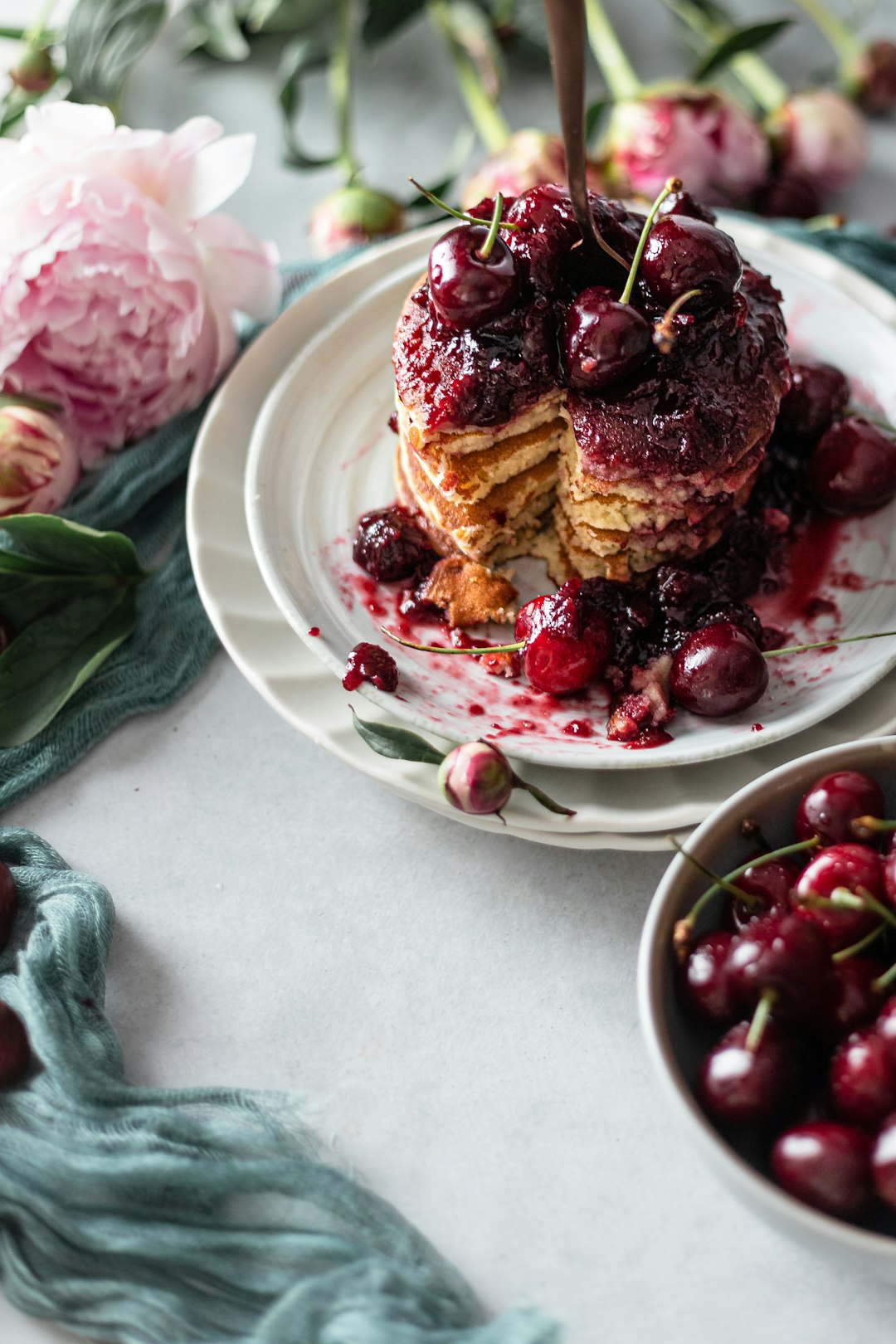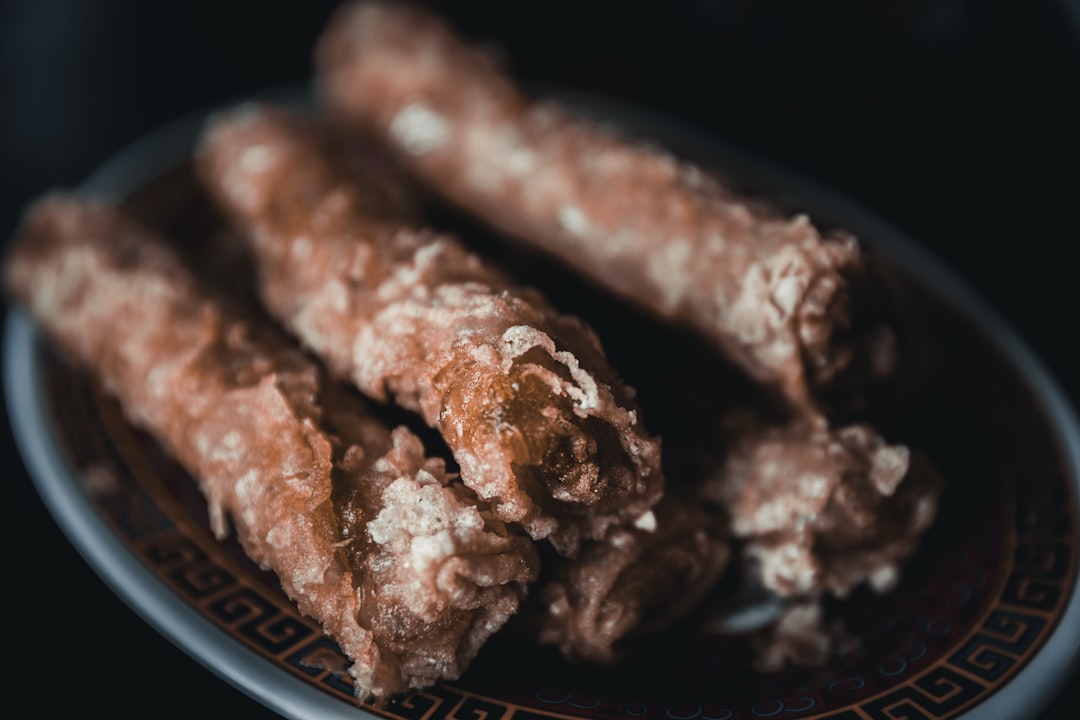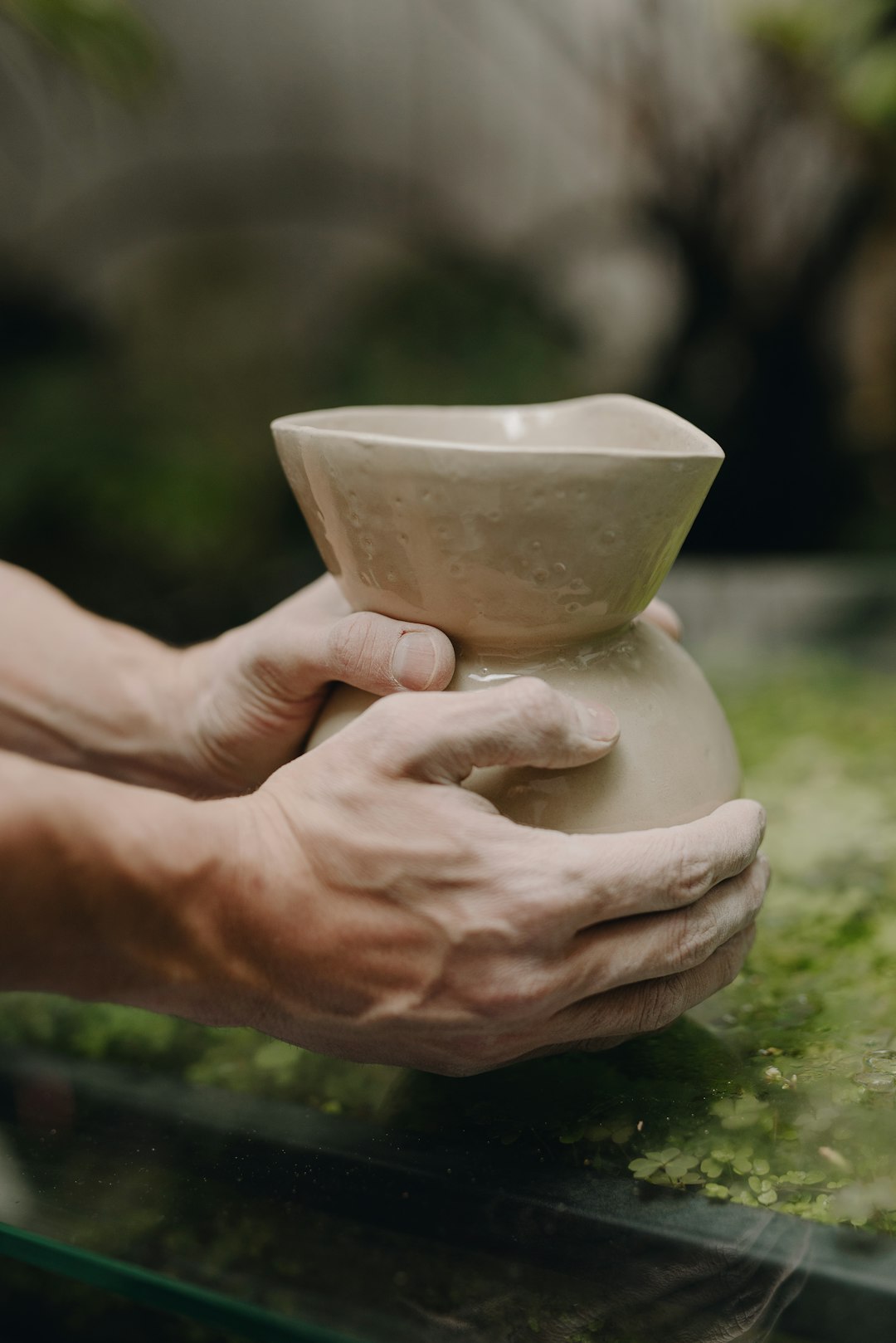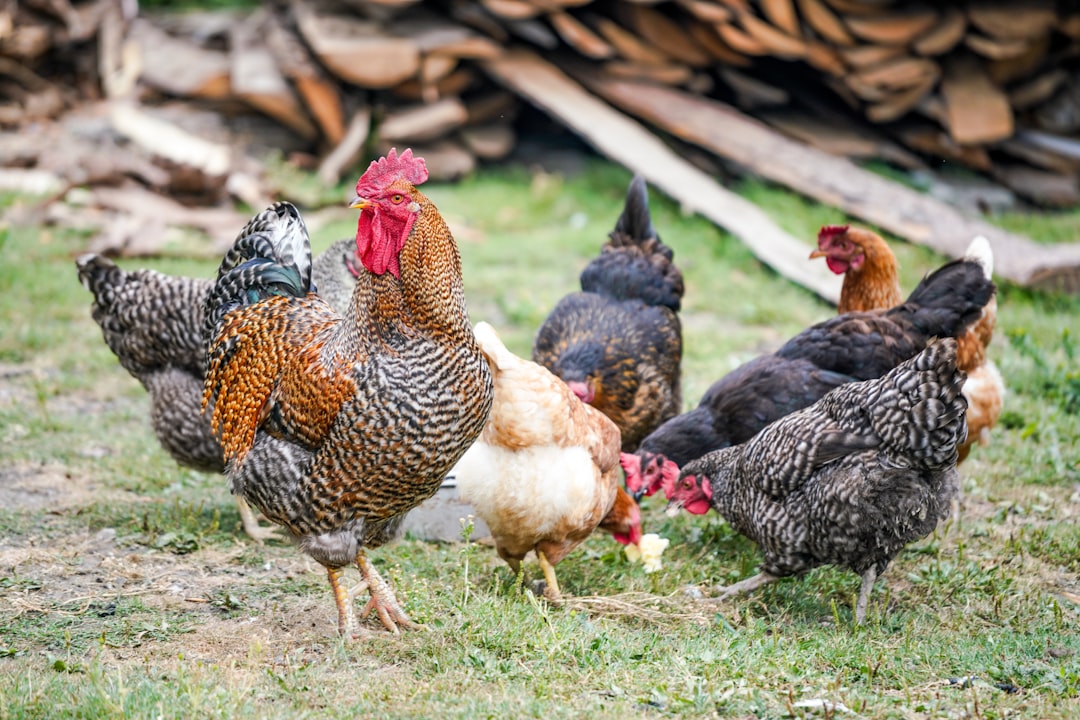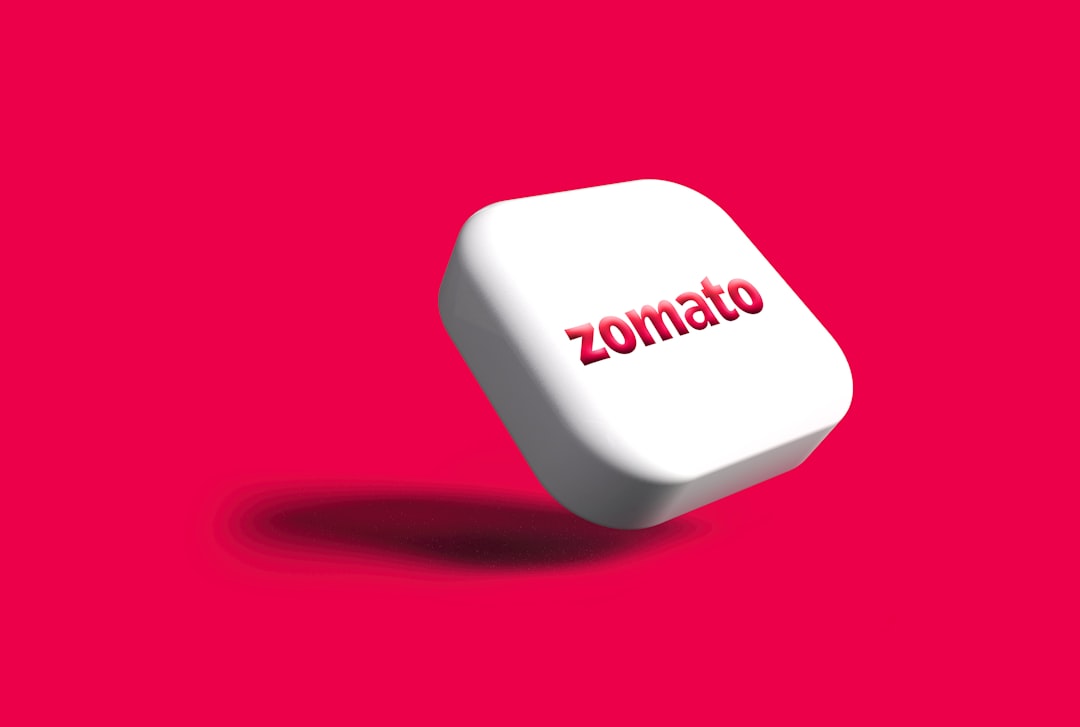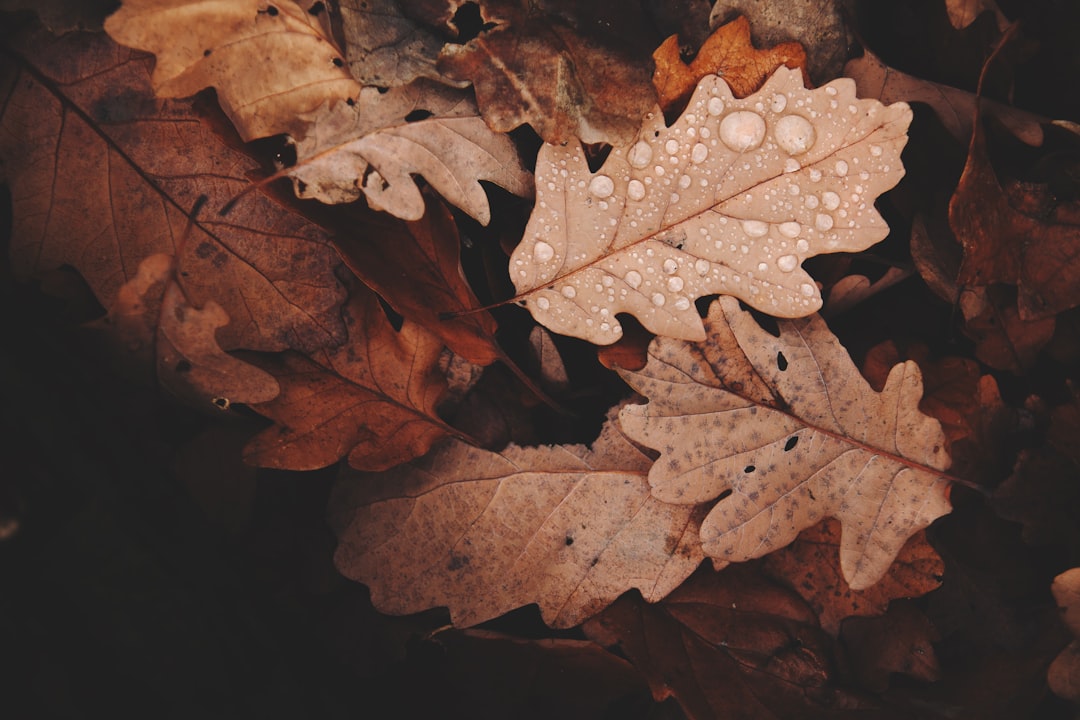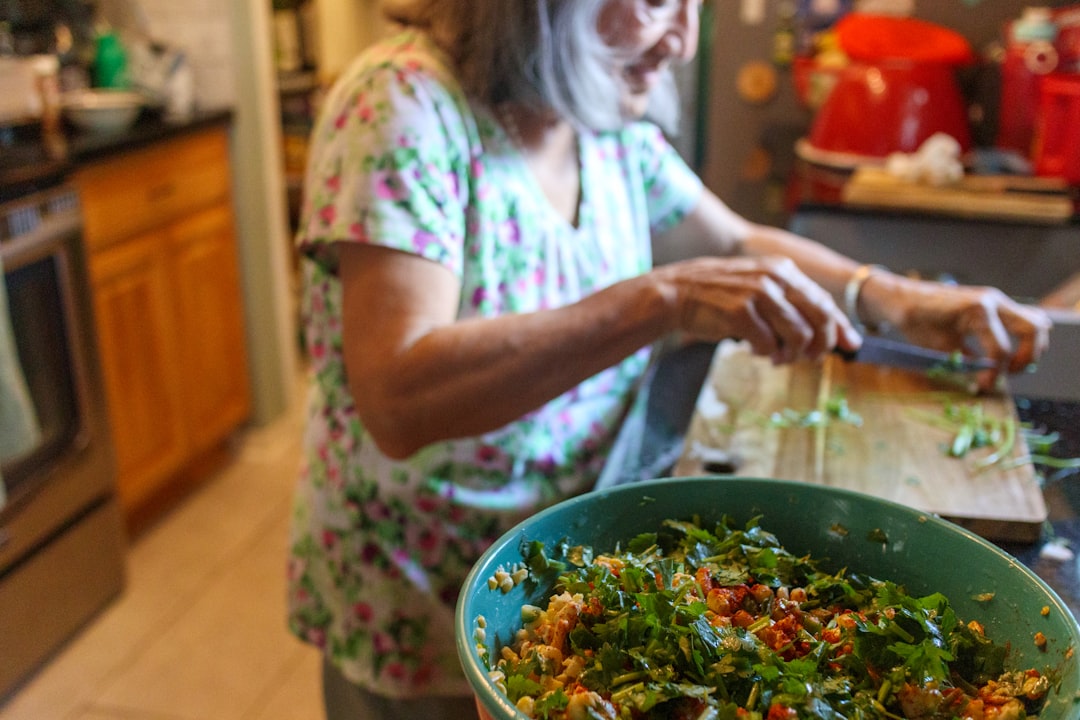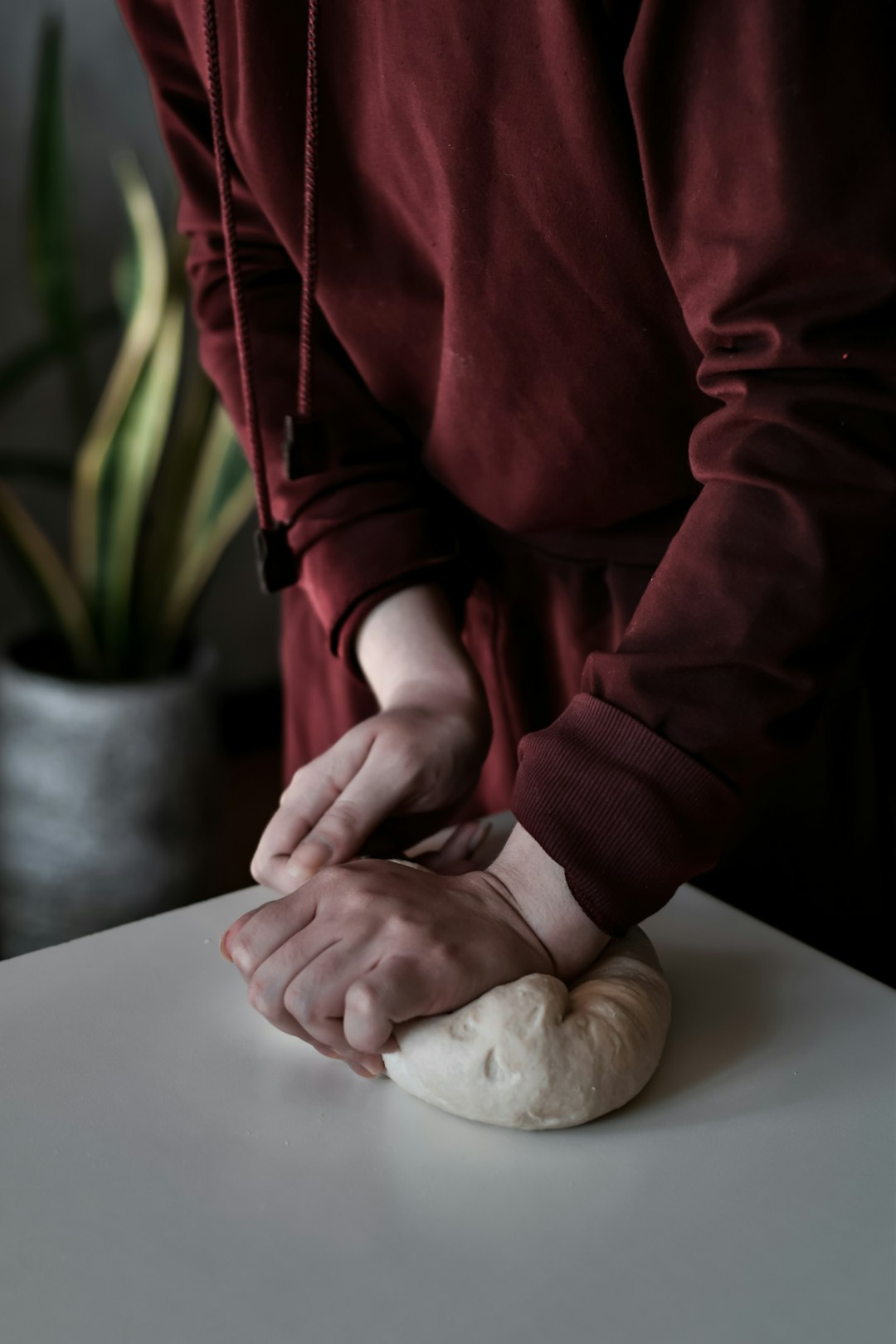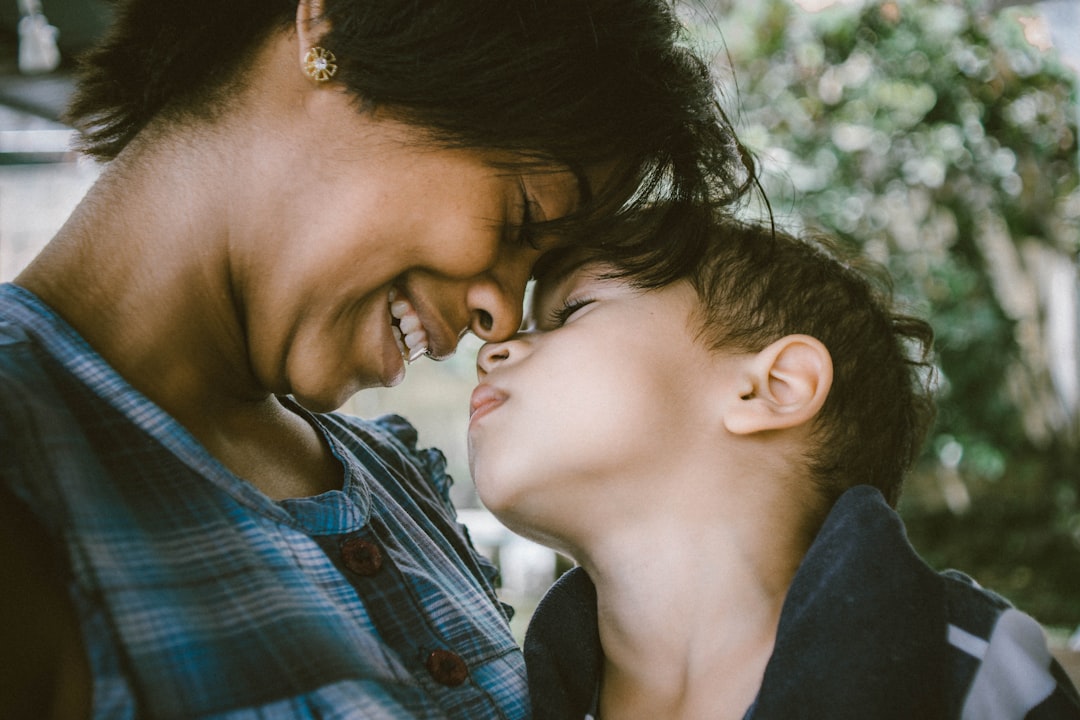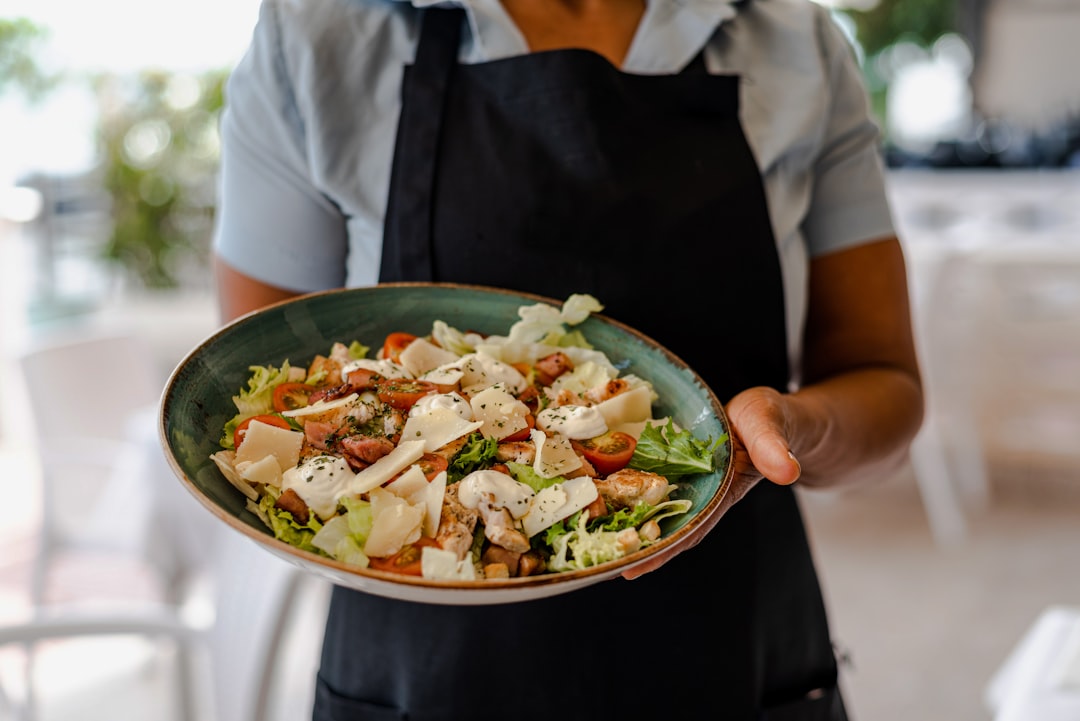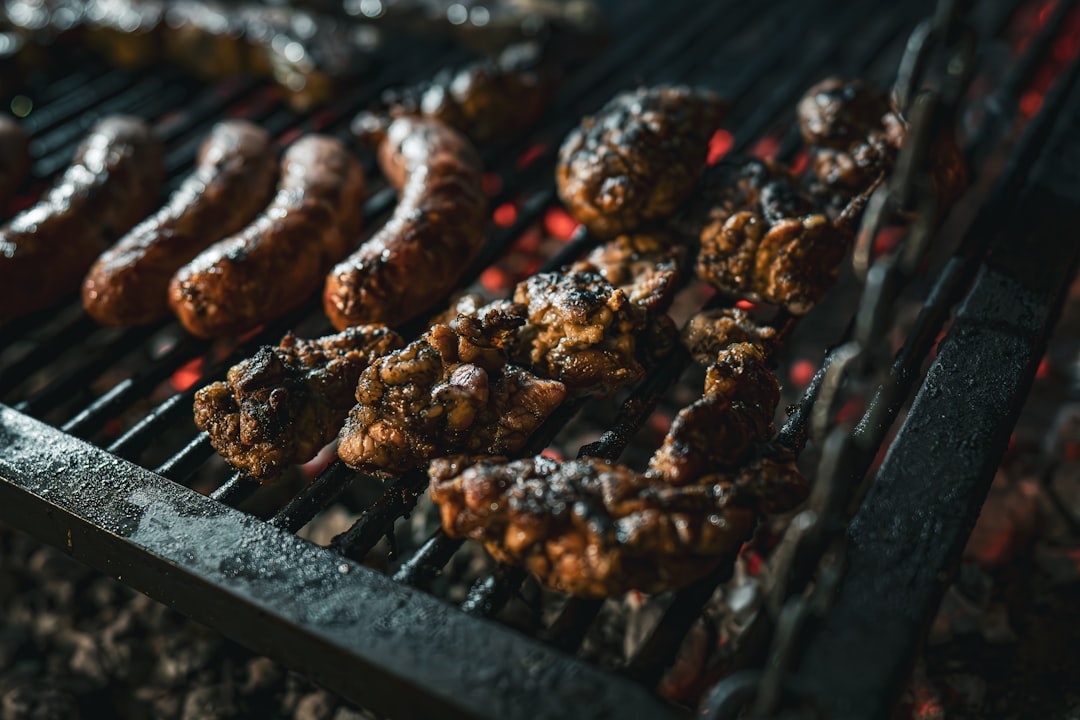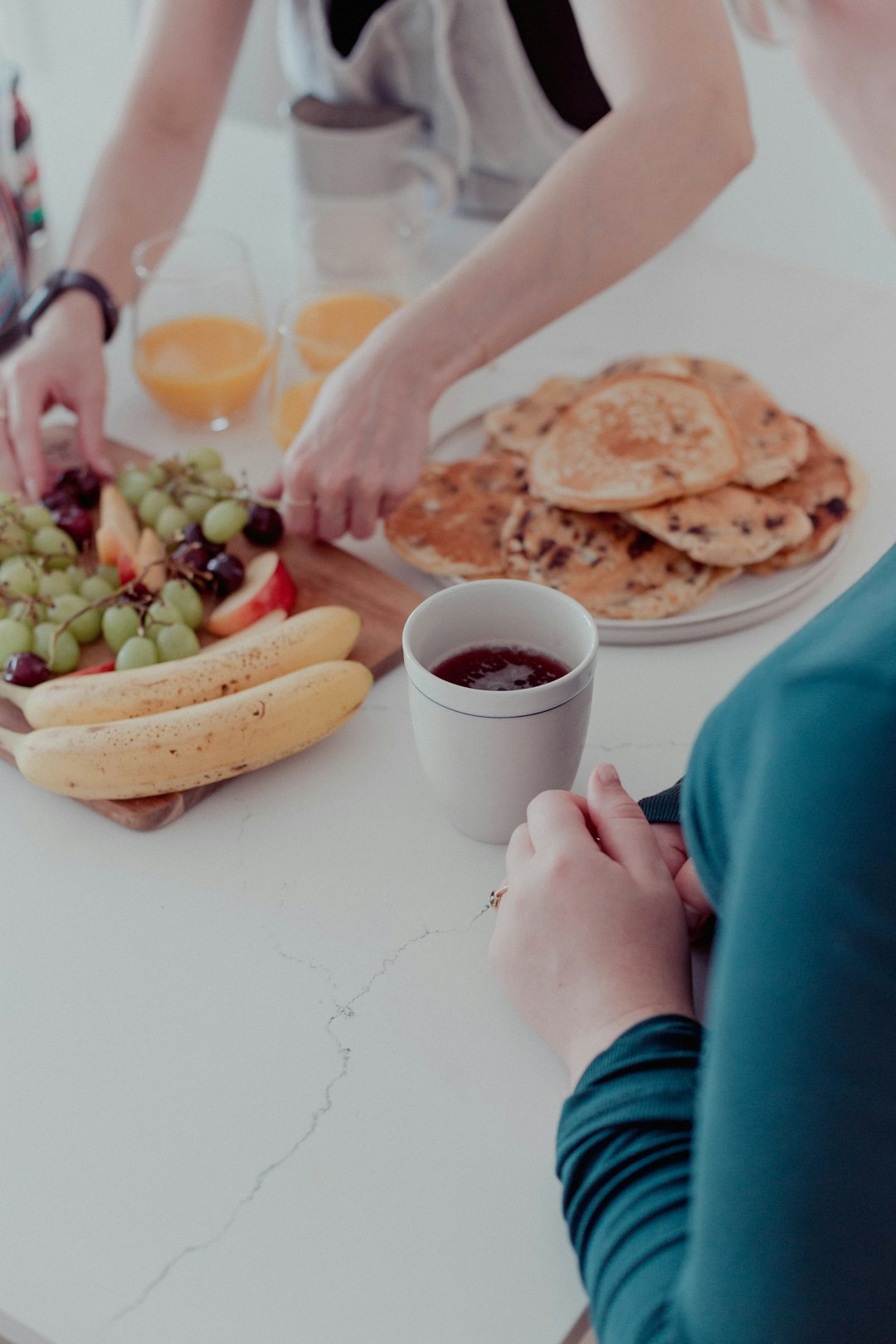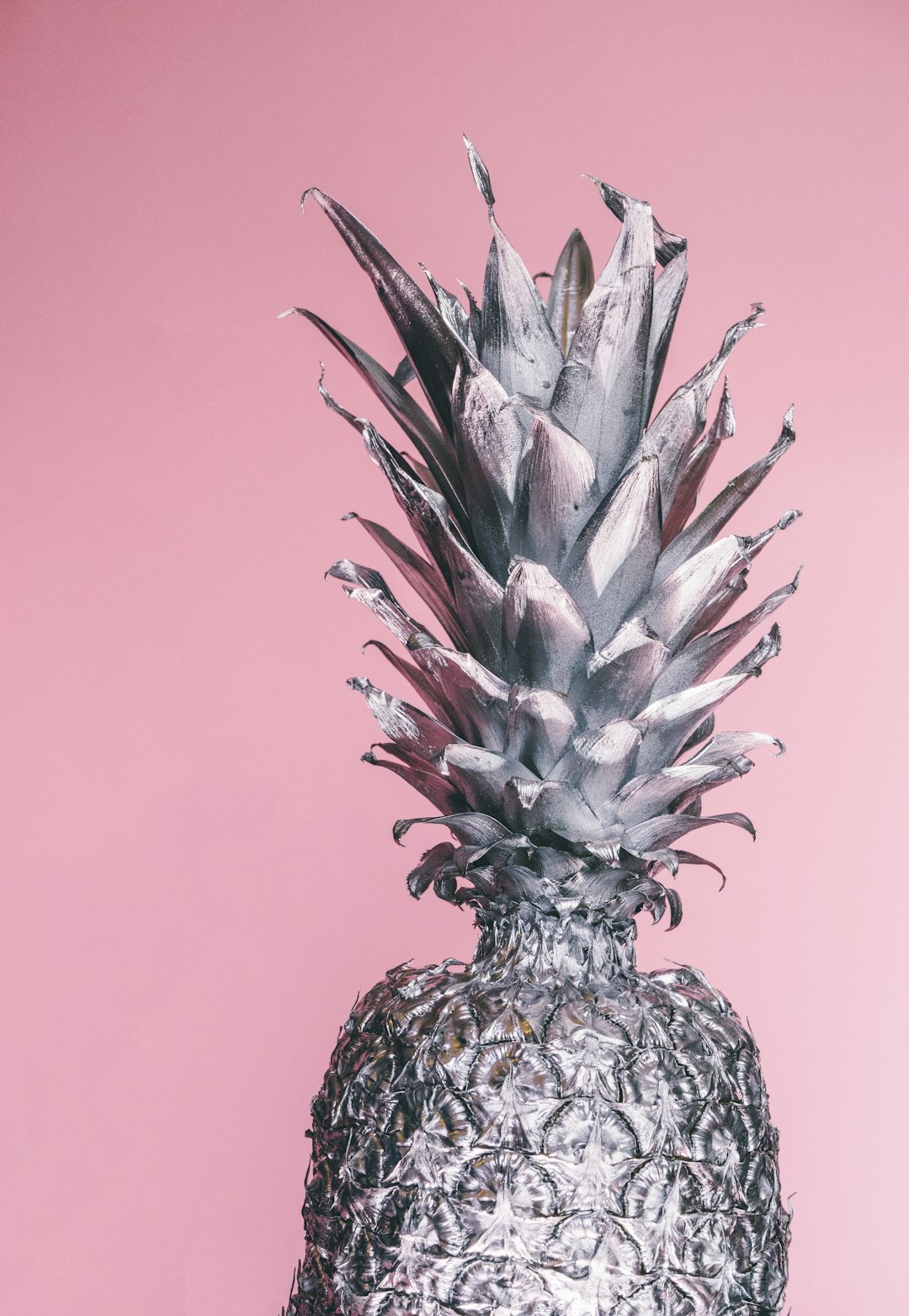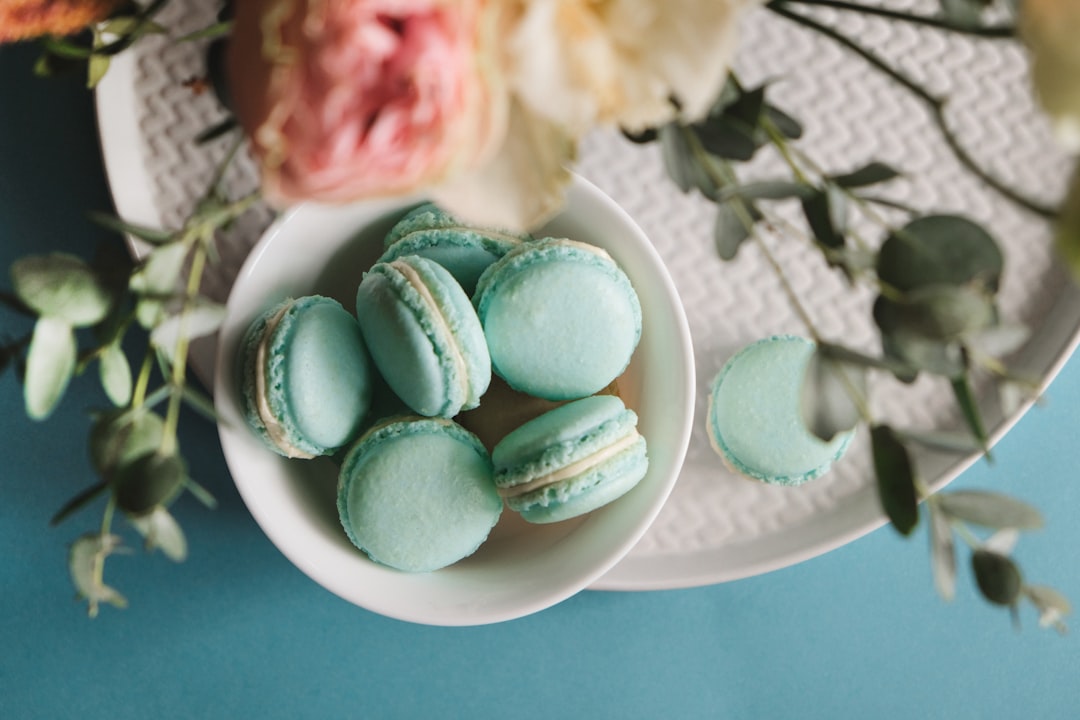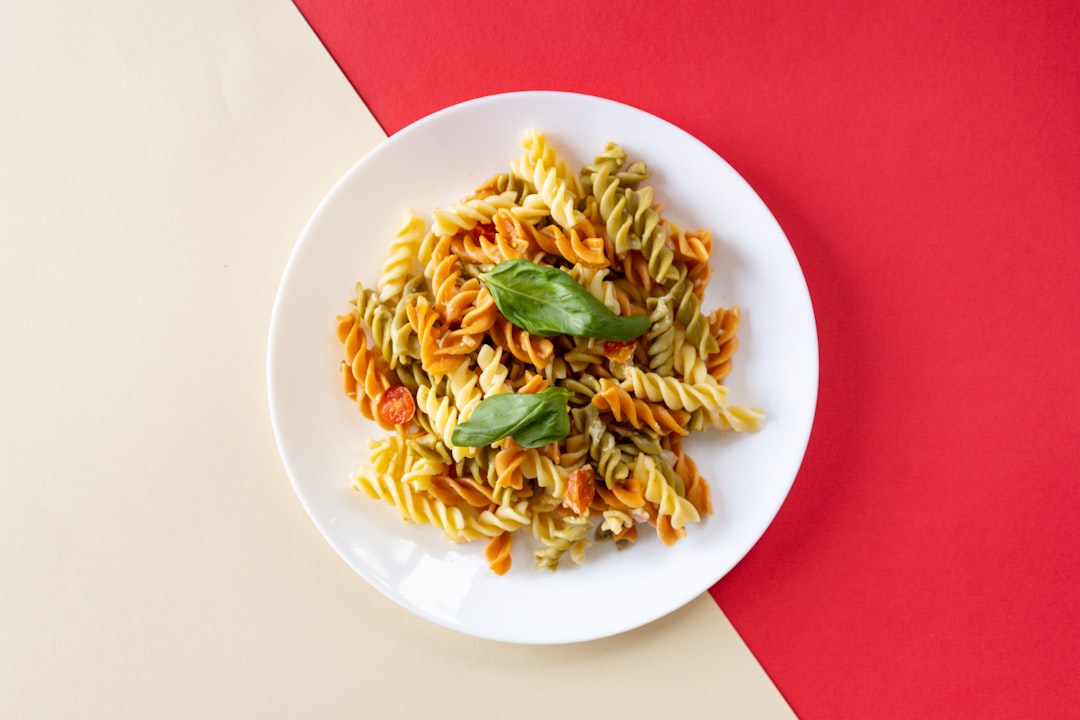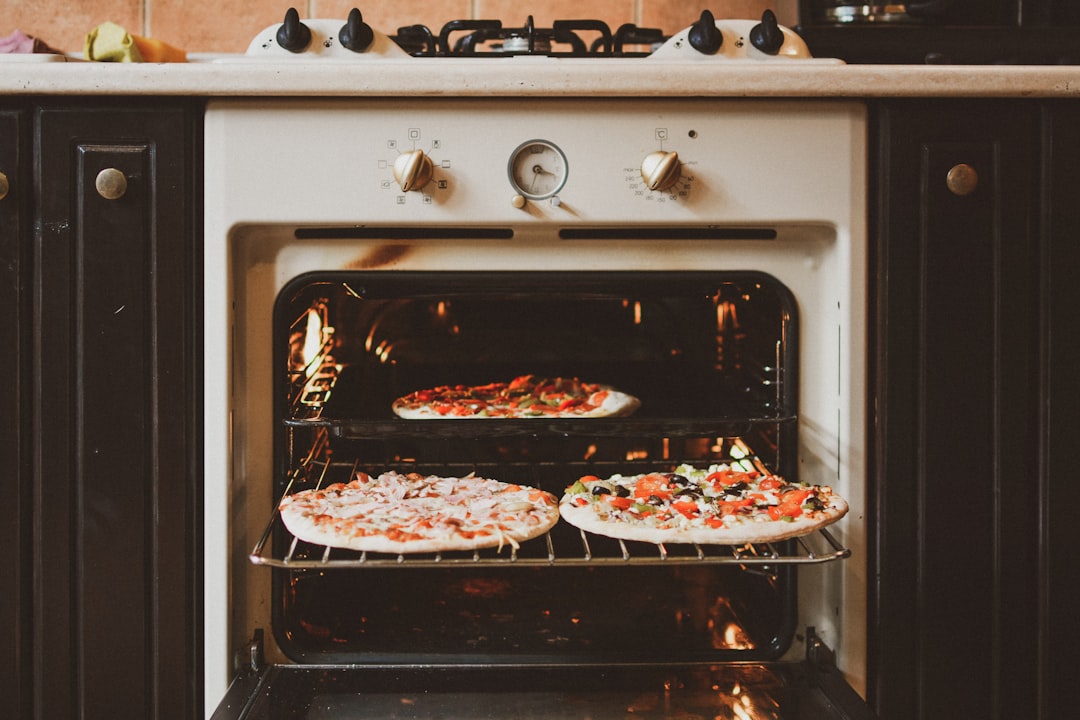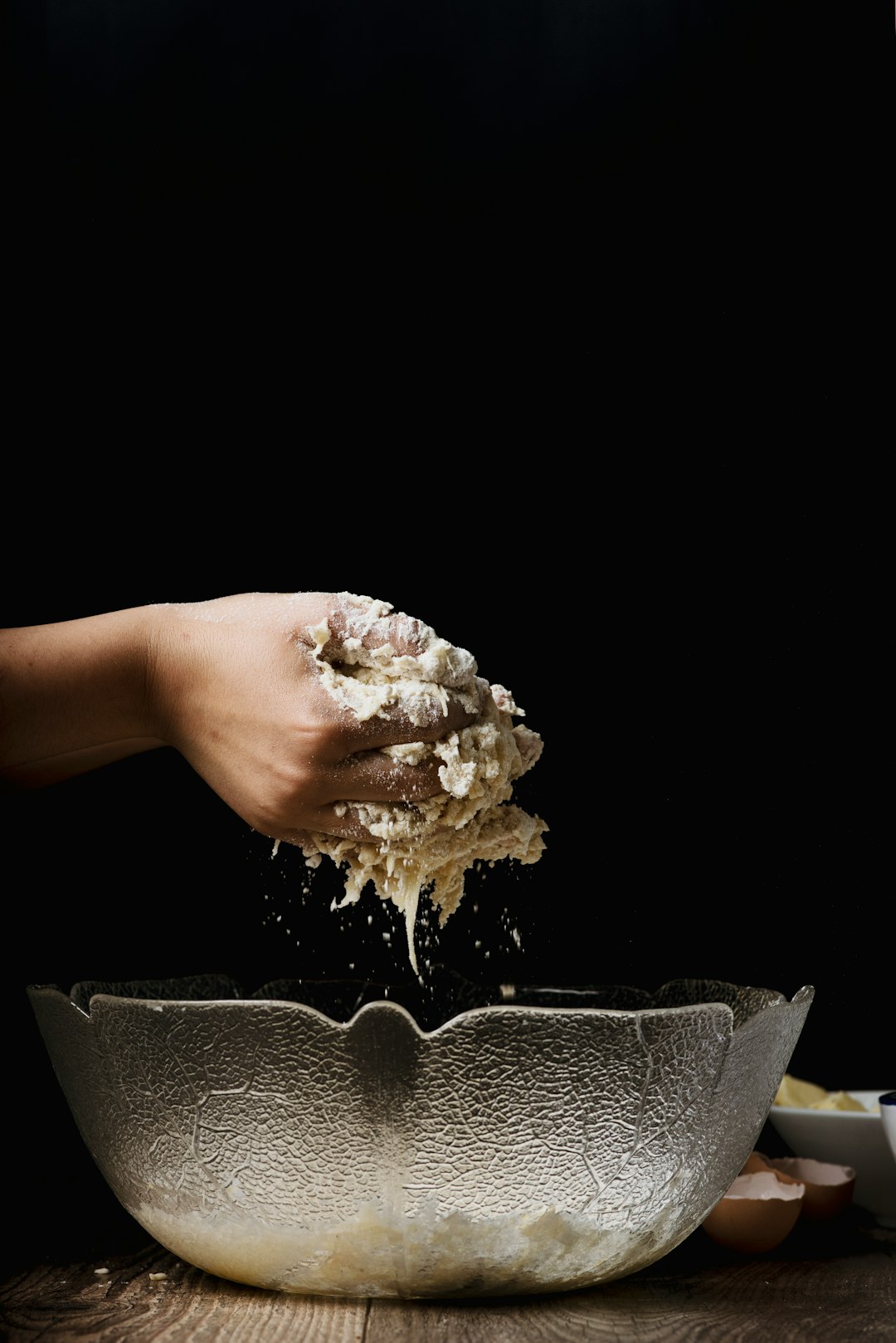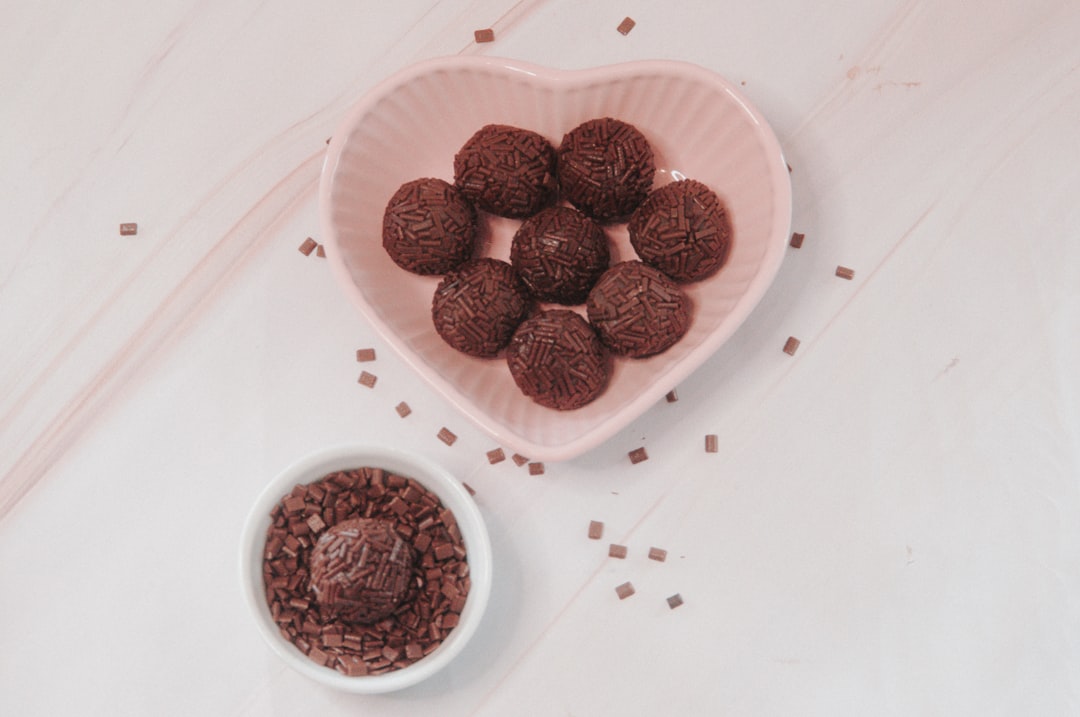
Rice is a staple in many diets around the world, and it holds a special place in my daily meals. I firmly believe that washing rice before cooking is an essential step that should never be skipped. In this article, I'll share with you the proper way to wash rice and when it's most beneficial to do so.
First, let's understand why washing rice is so important. When rice is harvested and processed, it often contains debris, dust, and even some surface starch. Washing the rice helps to remove these impurities, resulting in cleaner and better - tasting cooked rice. Additionally, removing the excess surface starch can prevent the rice from becoming too sticky and clumpy during cooking.
Now, let's get into the actual process of washing rice. The first thing you need is a large bowl or a pot. Pour the desired amount of rice into the container. It's important to note that the quantity of rice you're washing depends on how many servings you plan to make. For a small family of two or three, about a cup or two of uncooked rice should be sufficient.
Once the rice is in the container, fill it with cold water. Make sure there is enough water to fully submerge the rice. Use your hands to gently stir the rice in the water. As you stir, you'll notice that the water starts to turn cloudy. This is the starch and impurities being released from the rice. Keep stirring for about 30 seconds to a minute.
After stirring, carefully pour out the cloudy water. Be careful not to pour out the rice along with the water. You can use your hand as a barrier to prevent the rice from escaping. Repeat the process of adding cold water, stirring, and pouring out the water at least two to three more times. You'll notice that with each rinse, the water becomes less cloudy. Keep rinsing until the water runs clear. This indicates that most of the starch and impurities have been removed from the rice.
But when is the best time to wash rice? Well, it's best to wash the rice just before you're ready to cook it. If you wash the rice too far in advance, it can start to absorb water and lose some of its nutrients. So, plan your rice - washing process in tandem with your cooking schedule.
There are also different types of rice, and the washing process might vary slightly for each. For example, brown rice has a tougher outer bran layer compared to white rice. When washing brown rice, you may need to be a bit more gentle as the bran layer can be easily damaged. However, the basic principle of adding water, stirring, and rinsing still applies.
Another aspect to consider is the quality of the water you use for washing. It's recommended to use clean, cold water. Avoid using hot water as it can start to cook the outer layer of the rice and make it sticky even before you start the actual cooking process.
In conclusion, washing rice properly is a simple yet crucial step in the cooking process. By following these steps, you can ensure that your rice is clean, free of impurities, and cooks up perfectly every time. So, the next time you're about to cook rice, don't forget to give it a good wash. Your taste buds and your health will thank you for it.
